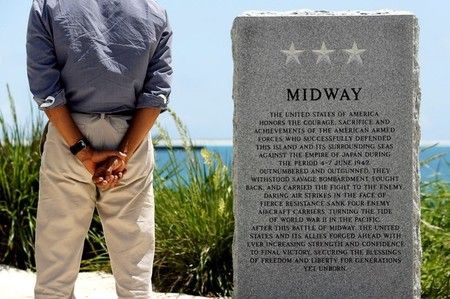Ancient Ruins of a Once Luxurious Roman City Can Still be Visited – Under the Sea

A hidden gem that has been covered in water for thousands of years makes Baiae, arguably, one of the most interesting Roman cities that not many people know about.
Originally founded in the second century BCE, Baiae is a wonderland for both those who consider themselves to be history buffs, enthralled with ancient Rome, and for those adventurers who seek out unique and unknown travel destinations.
For these reasons and more, Baiae may need to top the list of “must see” places.
An ancient resort town, just 10 miles west of Naples and off the coast of the Gulf of Pozzuoli, this underwater city was once considered a popular place of retreat for the Roman elite– which is how the city became referred to as “Little Rome.”
To its eventual demise, Baiae was built upon volcanic plains, also referred to as the Phlegraean Fields, which caused for the city to be covered in ashy dust and unexpected bursts of sulfuric gasses to come shooting up from the ground.
Baiae was named after Odysseus’ navigator, who both died and was buried in the city, and over the course of many centuries, it became more famous than those cities of Capri, Pompeii, and Herculaneum.
Historians have discovered that such royalty as Gaius Julius Caesar frequented Baiae, and even owned a lavish summer villa in the city; the same went for emperors such as Nero, Hadrian, and Caligula.
Ancient records showed Baiae to be a city whose luxurious bathhouses and thermal hot springs to be only surface level entertainment in a place that one Roman poet coined as a “favorable place for love-making;” it was a city that had gained a reputation as a resort of vices, due to the known temptations, corruption, and scandals.
The port of Baiae eventually collapsed into the ocean, after 2,000 years of volcanic activity caused the once level grounds to continuously rise and fall.
Today, the city of Baiae in still intact, (as best as an archaeologist has been able to preserve it) in a time capsule of sorts only a few feet underwater.
The city is boasting the same glorious statues, grand bathhouses, luxurious villas, and streets laid with black and white mosaics.
Tarps are laid out during the less popular tourist times to cover the ruins and protect it from plant overgrowth and damage. The tarps or then removed during times that travelers come through to visit.
For those tourists who prefer to stay dry, glass bottomed boats can be chartered and taken out to see the ruins in all their glory. A chance to glimpse into the secret underground world of Baiae.
For those who are scuba enthusiasts, consider strapping on a wetsuit and swimming amongst the towering statues, and walking along the streets that were once bustling with royal emperors and Roman elitists, and see for yourself, firsthand the lavish villas of those such as Julius Caesar.
For such a well-kept secret, the buzz is starting to grow. Baiae has gone from the Roman city that was once more famous than Pompeii, to a historian and scuba divers wildest fantasy; an underground water world of culture and beauty, a historical pause in time on a day where the sun never again rose on Baiae.












